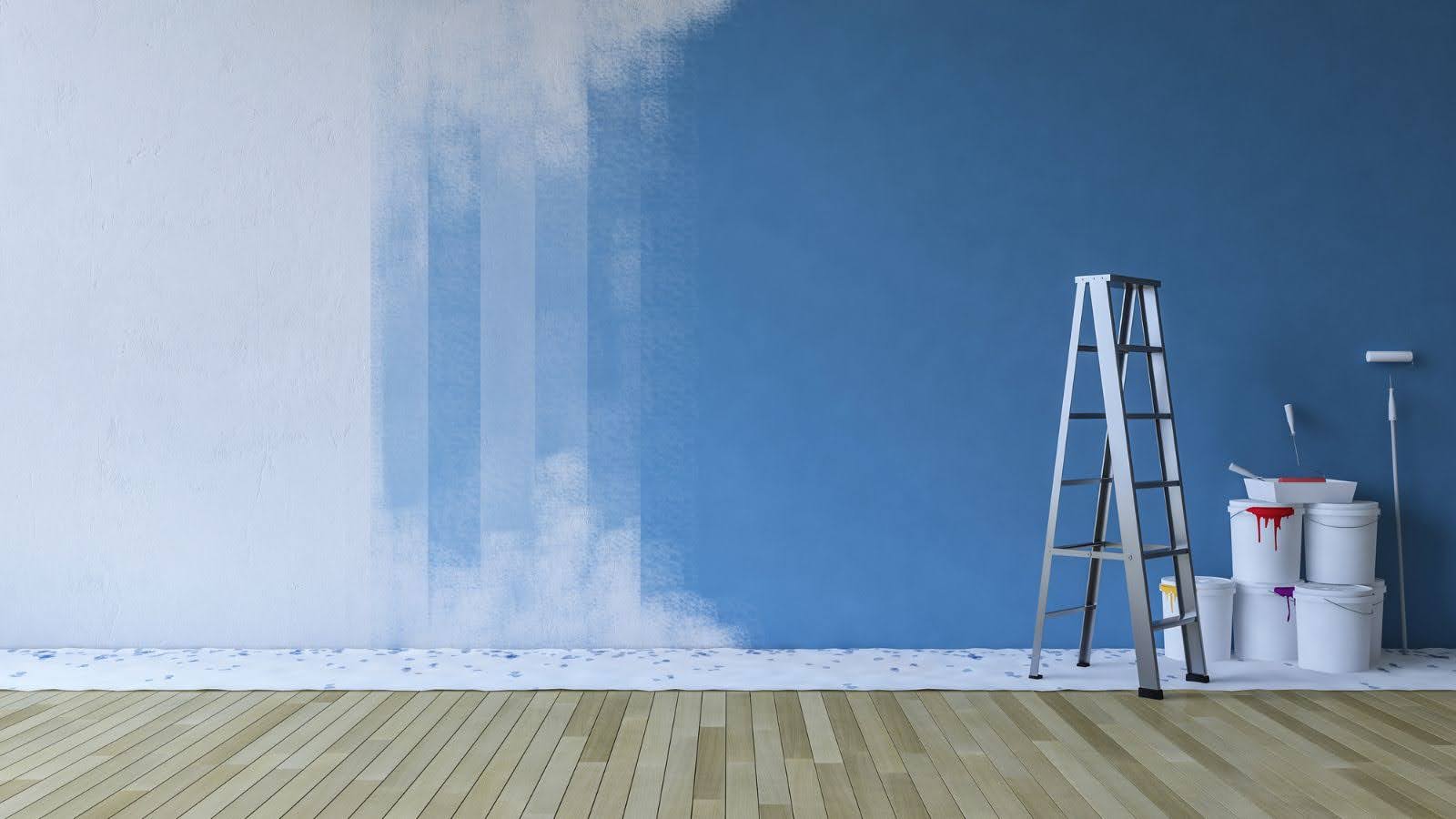
Understanding the Basics of Color Psychology
Color psychology is a fascinating field that studies how different colors can influence our emotions and behaviors. While it might seem trivial, color has the power to evoke feelings of happiness, sadness, comfort, or even anger. In interior design, the choice of color can dramatically change the ambiance of a room, affecting how we perceive and experience the space.
Every color on the spectrum is associated with certain psychological traits. For instance, red is often associated with passion and energy, while blue is linked to tranquility and calmness. Understanding these associations can be instrumental in creating a space that suits your needs and personal style.
In the context of flooring, the color you choose can make a room feel larger or smaller, warmer or cooler, and more or less inviting. The floor is one of the largest surfaces in any room, so its color can significantly affect the overall mood. From a calming green carpet in a bedroom to a vibrant red tile in a kitchen, the possibilities are endless.
The Psychology of Warm Colors and Their Effects on Flooring Choices
Warm colors, which include red, orange, and yellow, are known for their ability to evoke feelings of happiness, optimism, and energy. When used in flooring, these colors can make a room feel cozy, welcoming, and lively.
Red, the warmest color, is an exciting and stimulating shade that can create a vibrant and dynamic atmosphere. However, because it’s such a strong color, red flooring should be used sparingly and balanced with neutral tones. A red floor in a kitchen or dining room can stimulate appetite and encourage lively conversations.
On the other hand, orange and yellow are cheerful colors that can brighten up any space. An orange floor can add a playful and creative touch to a child’s room, while a yellow floor can bring a sunny and cheerful vibe to a home office, enhancing productivity.
The Psychology of Cool Colors and Their Effects on Flooring Choices
Cool colors, such as blue, green, and purple, are known for their calming and relaxing effects. In flooring, these colors can help create a tranquil and peaceful environment. They are excellent choices for rooms where you want to promote rest and relaxation, like bedrooms and bathrooms.
Blue, for instance, is often associated with serenity and stability. A blue floor can create a calming and relaxing atmosphere, perfect for a bedroom or a home office where concentration is needed. However, it’s best to stick with lighter shades as dark blue can make a room seem smaller.

Green, being the color of nature, can bring a sense of renewal and tranquility to a space. A green floor in a bathroom can create a spa-like feel, while in a living room, it can add a calming yet lively vibe. Purple, on the other hand, can add a touch of luxury and sophistication to your flooring. The Psychology of Neutral Colors and Their Effects on Flooring Choices
Neutral colors, including white, gray, and black, offer a variety of options for flooring. These colors can create a sense of balance and stability in a room, and they work well with virtually any other color.
White flooring can make a room feel spacious, clean, and bright. It’s an excellent choice for small spaces or rooms that don’t get a lot of natural light. However, it can show dirt and stains easily, so it’s not the best choice for high-traffic areas or homes with children or pets.
Gray is a versatile color that can create a modern and sophisticated atmosphere. It’s a perfect backdrop for bold and vibrant colors, allowing them to shine without clashing. Meanwhile, black flooring can add depth and drama to a space, but it should be used sparingly to avoid making the room feel too dark.
How to Choose the Right Color for Your Space Based on its Purpose
Choosing the right color for your flooring depends largely on the purpose of the room. For instance, a bedroom should promote relaxation and rest, so cool colors like blue or green could be a good choice. On the other hand, a kitchen or dining room should feel warm and inviting, making warm colors like red or yellow suitable.
It’s also essential to consider the size of the room. Light colors can make a small room feel larger and more open, while dark colors can make a large room feel cozier and more intimate.
Furthermore, the amount of natural light a room gets can influence the perception of color. Colors tend to appear different under natural and artificial light, so it’s crucial to consider the lighting conditions when choosing your flooring color.
Exploring Popular Color Schemes for Different Rooms
Choosing a color scheme for your flooring can be daunting, but it doesn’t have to be. There are several tried-and-true color schemes that interior designers use to create harmonious and visually appealing spaces.
For instance, a monochromatic color scheme involves using different shades and tints of the same color. This can create a cohesive and sophisticated look. A blue monochromatic scheme, for example, could include a light blue floor, a medium blue wall, and dark blue furniture.
A complementary color scheme involves using colors that are opposite each other on the color wheel. This can create a vibrant and high-contrast look. For example, a room with a blue floor could have orange accents for a bold and dynamic effect.
The Role of Lighting in Color Perception and Flooring Choices
Lighting plays a significant role in color perception. A color that looks one way under fluorescent lighting may look completely different under incandescent lighting. This can greatly affect how your flooring color looks in your space.
Natural light brings out the truest color, while incandescent light brings out warm tones and yellows. Fluorescent lighting, on the other hand, can cast a sharp blue tone. Therefore, when choosing a color for your flooring, it’s crucial to consider the type of lighting in the room.
It’s also important to note that light can change throughout the day. A room that gets plenty of morning light may have a different look and feel in the evening. Therefore, it’s recommended to test flooring samples under different lighting conditions before making a final decision.
Tips for Incorporating Color Psychology into Your Flooring Design
Incorporating color psychology into your flooring design can be as simple or complex as you want it to be. Here are a few tips to help you get started.

First, decide on the overall mood you want to create in the room. Do you want it to feel calm and relaxing, energetic and vibrant, or balanced and neutral? This will help guide your color choices.
Next, consider the room’s function. A playroom for kids might benefit from warm, stimulating colors, while a home office might need cool, calming colors to enhance productivity.
Finally, don’t forget about your personal preferences. No matter the color psychology, the most important thing is that you love the color. After all, you’ll be the one living with it!
Conclusion and Final Thoughts on Using Color Psychology for Flooring Choices
Color psychology offers valuable insights into how different colors can influence our emotions and behaviors. When applied to flooring choices, it can help create a space that not only looks good but also feels good.
Whether you’re choosing a color for a new floor or thinking about changing your existing one, consider the psychological effects of different colors. This can help you create a space that suits your needs, enhances your mood, and ultimately, makes you feel at home. Staff at a reputable flooring business like inandoutflooring.com can help with this.
Remember, the best color for your flooring is the one that makes you happy. So don’t be afraid to experiment and make bold choices. After all, your home is an extension of your personality, and your flooring is a big part of that.






